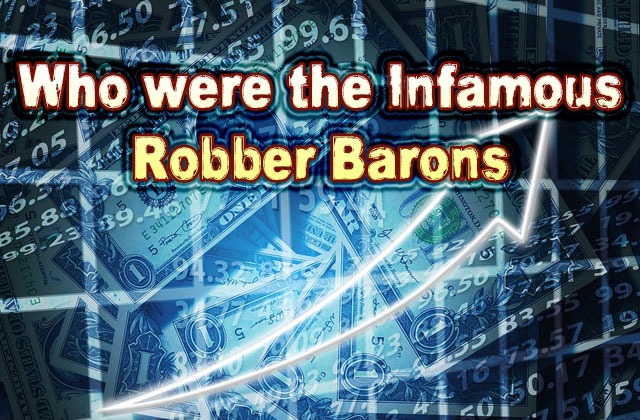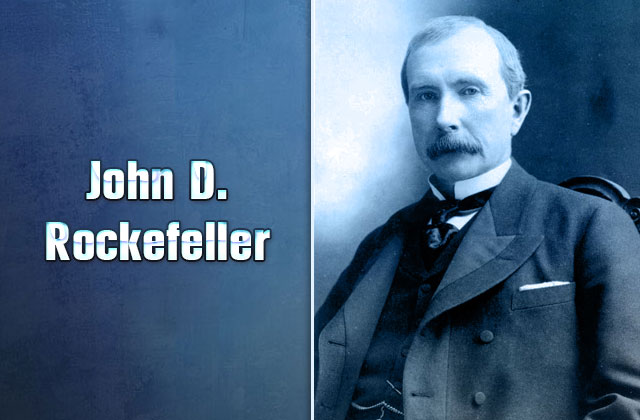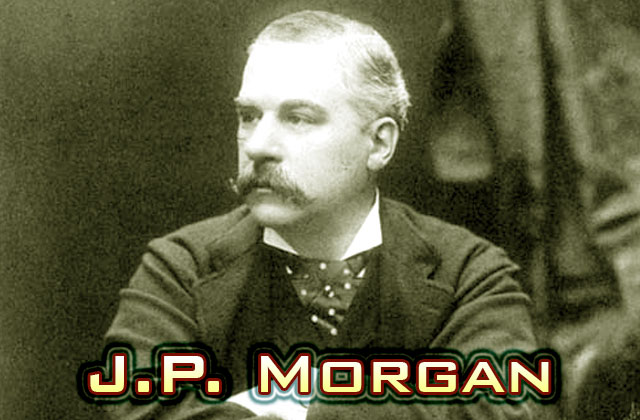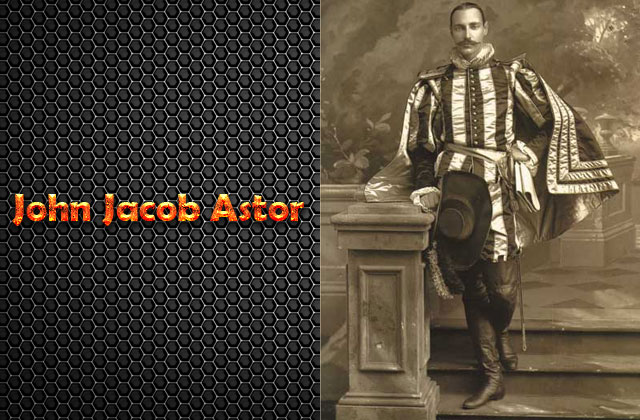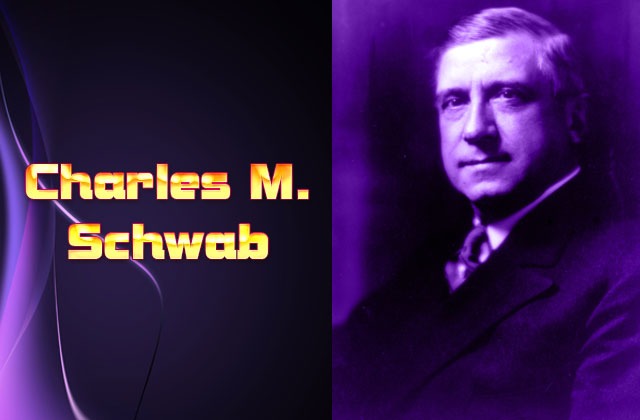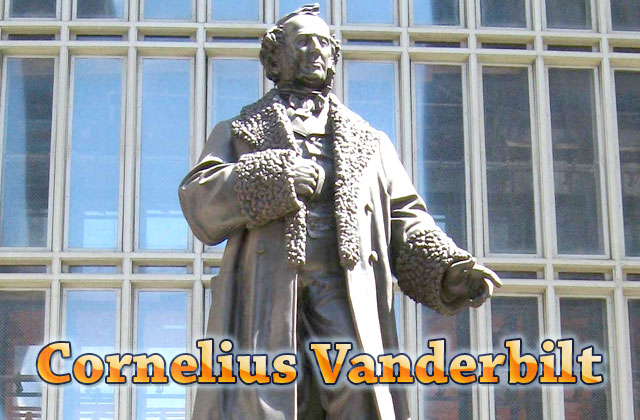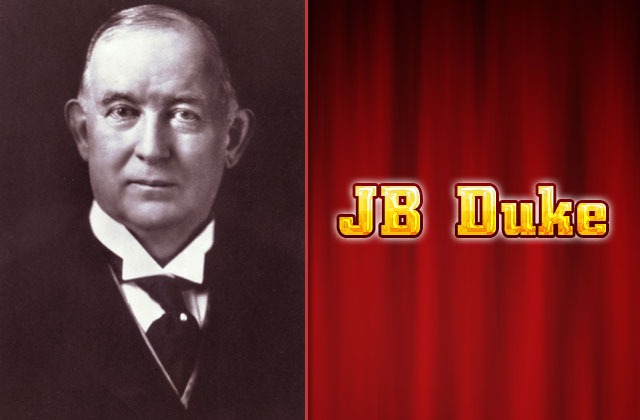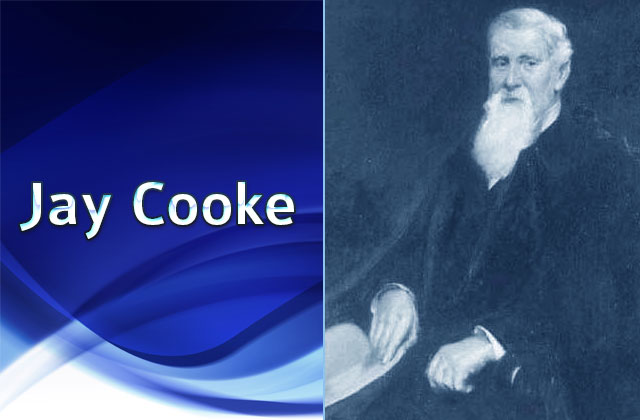“Robber baron” is a derogatory term that refers to anyone who acquires wealth through dishonest, exploitative, or unscrupulous means. Does this sound antiquated to you? It’s because this term rose to popularity especially during the 19th century in America. “Robber baron” was the disgruntled society’s critical response to certain wealthy people, particularly notorious businessmen.
Here are the some of the “robber barons” that ruled during 19th-century America:
John D. Rockefeller
The founder of Standard Oil Company almost monopolized the oil industry until the waning years of the 19th century. Rockefeller became a billionaire, thus he was the wealthiest man in the world during his time. He retired in 1897 and spent the rest of his life doing philanthropy work, therefore becoming one of the first modern philanthropists.
J.P. Morgan
J.P. Morgan was a shrewd businessman indeed. He was behind the establishment of General Electric via the merger of Thomson-Houston Electric Company and Edison General Electric in 1892. Eight years later he bought Andrew Carnegie’s Carnegie Steel for a whopping $487 million and made further consolidations with other iron and steel companies to establish United States Steel Corporation. It became the biggest steel producer in the world with an authorized capital of $1.4 billion.
John Jacob Astor
The German-born Astor immigrated to the US during the end of the Revolutionary War and settled in New York to set up a fur firm. The company would become a big fur exporter and supplier to many countries in Europe and even in China.
Astor turned his focus from fur to real estate in New York, where he began to purchase several acres of land and property, especially in Manhattan. He would have been the fourth richest person in the US with a net worth of $110.1 billion, when adjusted to today’s money.
Andrew Carnegie
Andrew Carnegie was a Scots immigrant. Humble by birth, Carnegie worked at a variety of odd jobs that included changing spoons at a cotton mill in Pennsylvania for $1.20 per week. He also worked as a telegrapher.
By the 1860s his fortunes turned around when he started to manage railroads and moved on to investing in iron and steel. After selling his company Carnegie Steel to J.P. Morgan for a whopping $487 million, Carnegie retired a very wealthy man — in fact, one of the wealthiest people during his time.
Charles M. Schwab
At a young age of 35, Schwab rose to become the president of Carnegie Steel in 1897. He also became US Steel’s first president during the company’s early years.
Schwab began to strike out on his own and in 1903 he established Bethlehem Steel which eventually rose to become the second biggest steel producer in the US, as well as the largest shipbuilder in the country. Schwab also manufactured and supplied munitions to Allied troops during the World War I.
Schwab has no relation to Charles R. Schwab of Charles Schwab Corporation.
Cornelius Vanderbilt
“Commodore Vanderbilt” is one of the richest men in American history. Like many other big-time business magnates, Vanderbilt’s story was a rags-to-riches one. He was born poor and received little education. But the combination of business smarts and luck paved the way for him to amass his enormous wealth through railroads and shipping.
He took over the Long Island Sound steamship business then invested in railroads, with some of the first railroads in the country were being constructed from Boston to Long Island Sound. Over the following two decades Vanderbilt took control over several railroads in New York City, the most known being the New York Central Railroad. He directed the construction of the Grand Central Depot on Manhattan’s 42nd Street, in 1869; it was finished in 1871.
Vanderbilt also bequeathed $1 million to what would become Vanderbilt University.
JB Duke
The tobacco magnate directed his own firm, American Tobacco Company, to take 40% control of the US cigarette/tobacco market. Antitrust action disintegrated the American Tobacco Company into several companies. Because of his philanthropic efforts towards Trinity University, it was renamed Duke University in honor of his late father.
EH Harriman
Starting his road to riches as a re-builder of broken-down railroads, Harriman later acquired several businesses and properties. They included five railroads, the Pacific Mail Steamship as well as the Wells Fargo Company.
Andrew W. Mellon
American banker and businessman Andrew W. Mellon demonstrated financial acumen early in his life. His innate business smarts led him to acquire huge enterprises that included aluminum, silicon carbide (used for industrial abrasive and cutting tools), and coke (fuel).
During the 1920s his fortune expanded further, amounting up to $400 million. Not only that, but he also held government positions such as US Secretary of Treasury and US ambassador to the United Kingdom.
Jay Cooke
Jay Cooke was a wealthy merchant banker who financed the Union during the Civil War. His bank, Jay Cooke & Company, sold millions of dollars’ worth of Union government bonds to the American public. He went bankrupt with the debacle of the Northern Pacific Railroad and the “Panic of 1873.” But he had overcome his financial debts and had become wealthy again by the 1880s.

